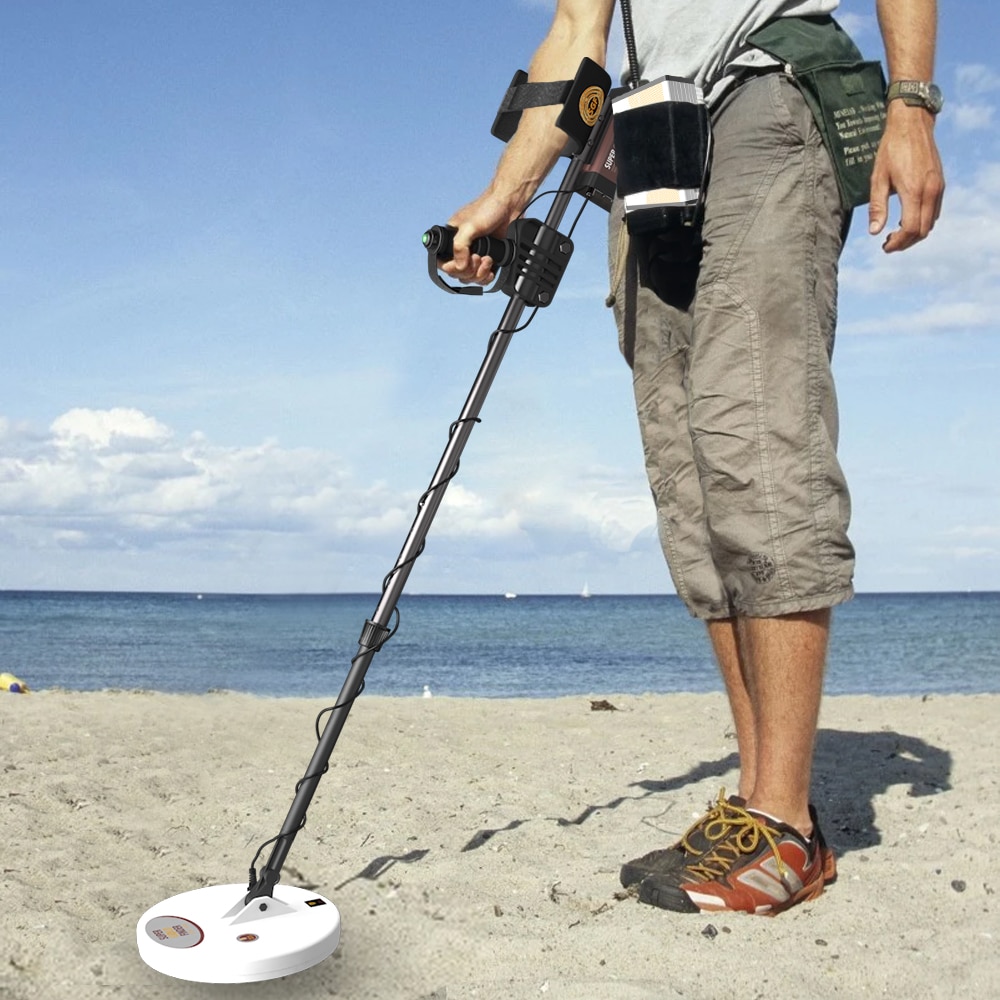Automated Packaging Systems: Revolutionizing the Packing Industry
The way we prepare orders for dispatch has come a long way in recent years. Gone are the days of relying solely on manual labor and traditional packing methods. Thanks to advancements in technology, specifically 3D scanning technology, the introduction of Automated Packaging Systems has revolutionized the packing industry. In this article, we will explore how this new approach has changed the game and discuss the advantages it provides over manual packing.
Manual packing has been the norm for centuries. It involves workers manually picking and packing items, using manual tools such as tape, scissors, and packaging materials. While this approach has served its purpose, there have always been inherent drawbacks and limitations. Human error, inefficiency due to physical limitations, and the extensive labor required are just a few of the challenges faced in manual packing.
Enter Automated Packaging Systems, the game-changing technology that has completely transformed the packing process. Utilizing 3D scanning technology, automated systems can precisely measure, weigh, and categorize items with incredible accuracy. This eliminates the margin for error and speeds up the overall packing process.
One of the key advantages of automated systems is their ability to handle a wide variety of products. Whether it’s fragile items, oddly shaped objects, or fragile goods, these systems are equipped to handle them all. This is made possible through the advanced scanning technology that captures detailed measurements and shapes, enabling the systems to generate custom packaging solutions. This eliminates the need for manual customization and significantly reduces the risk of damage during transportation.
In terms of efficiency, automated packing takes the lead over manual packing. With the ability to handle larger volumes of orders in a shorter amount of time, businesses can significantly increase their throughput. This means faster order fulfillment and, in turn, happier customers. The automated systems work tirelessly, without the need for breaks or rest, ensuring a constant flow of packed orders. This level of consistency and productivity is simply unachievable with manual packing methods.
Moreover, automated systems contribute to cost savings for businesses. While the initial investment may seem daunting, the long-term benefits outweigh the costs. Manual labor requires a significant workforce, which means higher labor costs. With automated systems in place, businesses can reduce their labor force and allocate those resources elsewhere within the organization. Additionally, the reduction in errors and damaged goods leads to fewer returns and replacements, resulting in further cost savings.
The integration of automated packing systems also facilitates optimization of warehouse space. With increased efficiency and higher throughput, businesses can utilize their warehouse space more effectively. The systems can pack items in a manner that maximizes space utilization, minimizing wasted or unused areas. This, in turn, allows businesses to store a larger volume of products, ultimately enhancing their overall productivity.
In conclusion, the manual approach to preparing orders for dispatch is gradually being replaced by more efficient and effective methods. Automated Packaging Systems, powered by 3D scanning technology, have brought about a much-needed revolution in the packing industry. The advantages of the automated approach are undeniable – increased accuracy, enhanced efficiency, cost savings, and optimized warehouse space utilization. As businesses strive for excellence in the ever-growing e-commerce industry, adopting automated packing systems is undoubtedly a step in the right direction.
Automatic Packing Line
“Efficiency Unleashed: Unpacking the Differences Between Manual Packing and Automated Packaging Systems”

